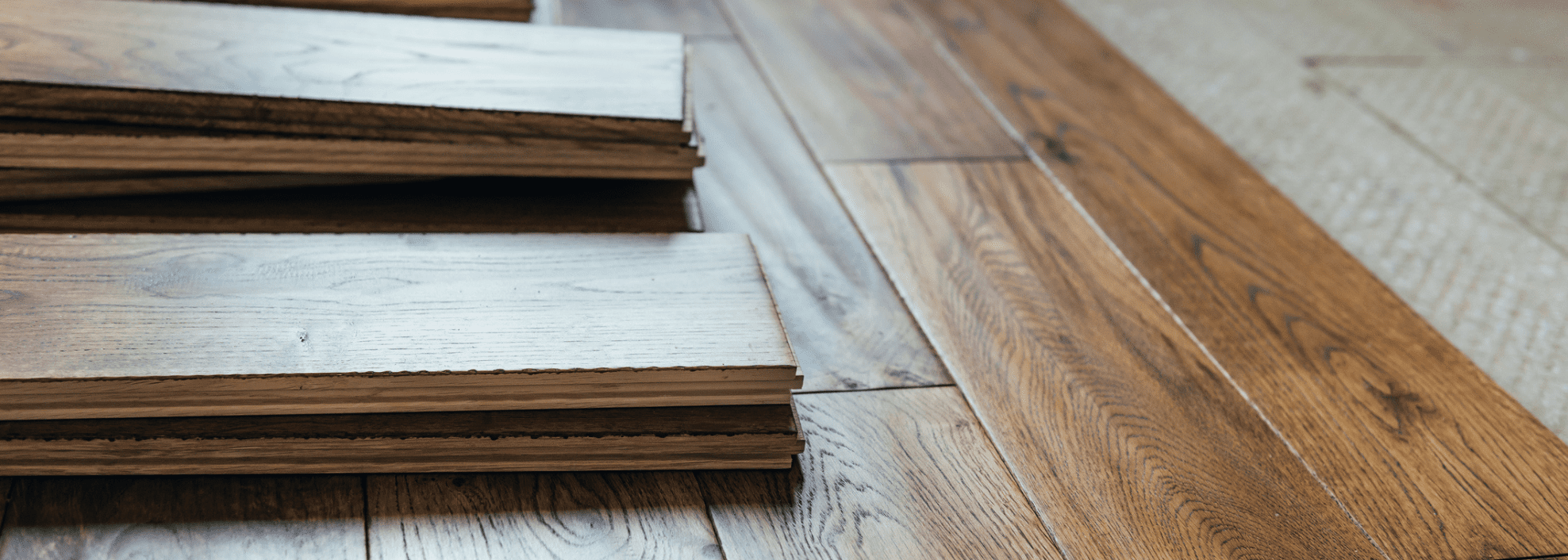Here at Best at Flooring we offer a range of beautiful engineered and solid wood flooring products from the world’s leading brands. With that in mind, some of the most frequent questions that we get asked on a day-to-day basis revolves around the differences between solid and engineered flooring. Here are a few variations between the two types that you might want to know about:
Difference in construction
As you might already know, solid wood flooring consists of quality wooden floorboards that are cut from single pieces of timber. Engineered floors however, are made from several layers of wood that are pressed together and topped with a quality veneer of solid wood. This means that once fitted, there is no visual difference between engineered or solid flooring. The lower layers of engineered wood flooring can be composed of HDF, plywood, or various soft woods.
Different levels of resistance
Due to the fact that solid wood flooring can become damaged from moisture and changes in room temperature, it means that these floors are not generally laid in conservatories, bathrooms, basements, or rooms with underfloor heating. On the other hand, engineered wood flooring is able to cope with exposure to both moisture and temperature difference due to its unique construction.
Differences in fitting
It is often recommended that solid wood is fitted and fixed down to a subfloor, usually with a flexible adhesive. This allows for more movement and flexibility. Generally, an underlay is not required for solid wood flooring, but if you do choose to have one, you will of course need access to the subfloor. You can find out more information about installing solid wood flooring.
Regarding engineered wood flooring, there is generally an underlay required, especially if you are installing engineered flooring on concrete, as it will act as a moisture barrier. Take a look at our engineered wood flooring installation guide for more info. In both cases, the woods need to acclimatise to the temperature and humidity of a home for at least 48 hours before they are installed. The wood must also be left in packaging during this process.
Solid wood floors can add house value
Experts have long praised solid wood flooring and the effect that it has on the value of a home. Although it is difficult to predict the exact value that a solid wood floor might add, as there are a number of variables to consider, there’s no doubt that solid wood floors add appeal to any home.


